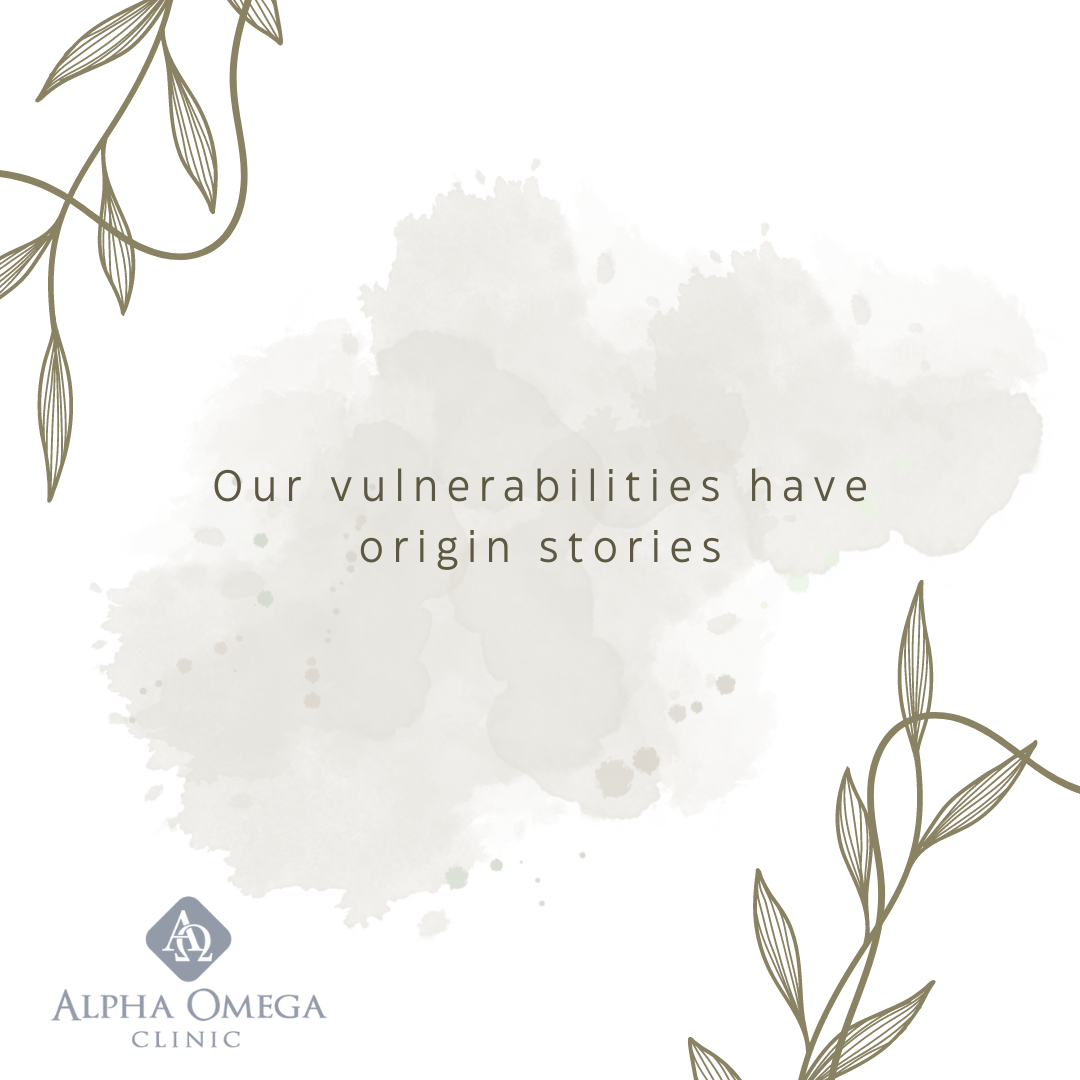The human person is much too risk averse to do things for no reason. The way we deal with things now is related to what’s happened to us before. When we experience overwhelming situations (especially when we’re still developing) and no one helps us through them, our brain categorizes these situations as threatening or dangerous. We then orient ourselves around this sense of danger to protect what the brain perceives as a vulnerability. Simply put, the automatic response goes something like this: “that felt bad, I don’t know how to deal with that, avoid it”.
In many ways, this is related to how the limbic system functions. As the emotional center of our brain, this system is designed for our survival. As such, it takes in and responds to emotional data; encoding our experiences as vital information which then leads to adaptations that reduce threats and maximize safety. If we were alone in our pain, we self protect. If someone came alongside us in our pain, we rely on the relationship to ease the pain and internalize that resilience. The limbic system knows no chronology; it doesn’t care if something happened ten minutes ago or ten years ago, it considers this vital information for survival. As such, we often need to revise and update our template for survival by engaging with old vulnerabilities to create a sense of emotional safety and equilibrium. In other words, we need to help our limbic system know that we’re no longer in danger and we can handle the distress now.
Where do you still feel vulnerable, what might you have needed when you first felt this way and how would it be to meet that need now?
* The information provided is for self-enrichment and not intended to replace any necessary mental health treatment.
Want more ways to receive this content? Follow us on Instagram or Facebook or subscribe to our e-newsletter.
Warmly,
Jonathan Dixon, LMFT
Alpha Omega Team





